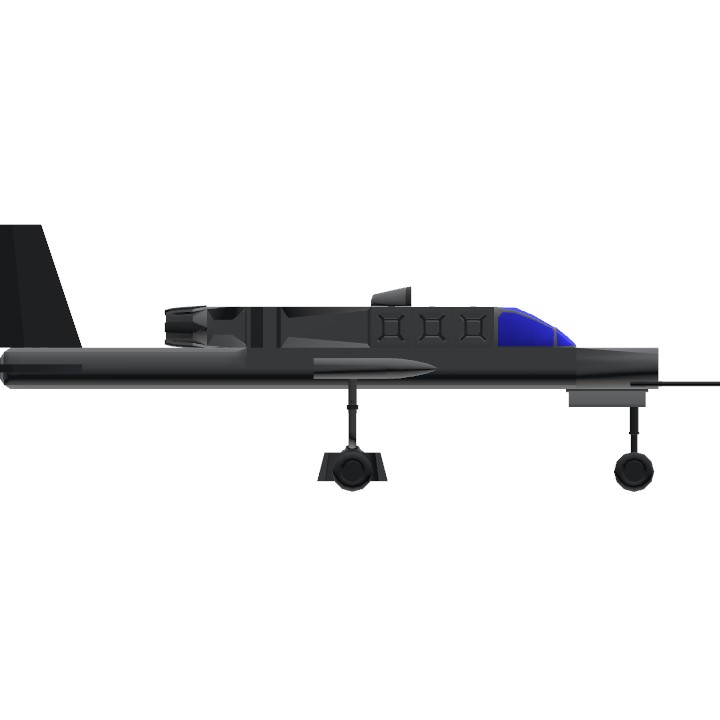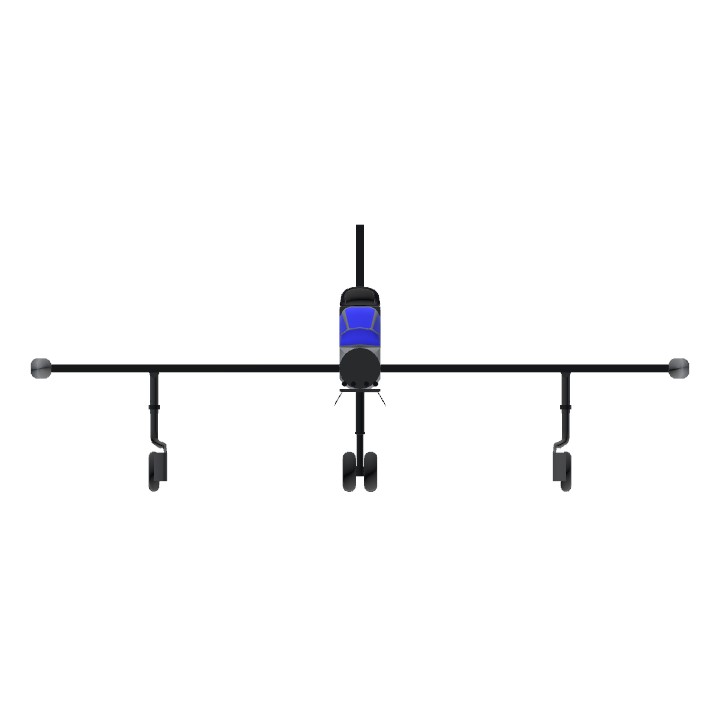can it fly safely tho?
the A-20 Remove is a FICTIONAL ground removal aircraft (duh) it has 4 50MM RAPID FIRE GUNS WHAAAAAAA (if you move alot while shooting it boom boom) also if you want to reach the comments you must scroll thru this wikipedia page (theres a secret aircraft)
The M1 Abrams (/'e?br?mz/)[10] is a third-generation American main battle tank designed by Chrysler Defense (now General Dynamics Land Systems) and named for General Creighton Abrams. Conceived for modern armored ground warfare, it is one of the heaviest tanks in service at nearly 73.6 short tons (66.8 metric tons). It introduced several modern technologies to United States armored forces, including a multifuel turbine engine, sophisticated Chobham composite armor, a computer fire control system, separate ammunition storage in a blowout compartment, and NBC protection for crew safety. Initial models of the M1 were armed with a 105 mm M68 gun, while later variants feature a license-produced Rheinmetall 120 mm L/44 designated M256.
The M1 Abrams was developed from the failed joint American-West German MBT-70 project that intended to replace the obsolete M60 tank. There are three main operational Abrams versions: the M1, M1A1, and M1A2, with each new iteration seeing improvements in armament, protection, and electronics.[11]
The Abrams was to be replaced in U.S. Army service by the XM1202 Mounted Combat System, but because that project was canceled, the Army has opted to continue maintaining and operating the M1 series for the foreseeable future by upgrading optics, armor, and firepower.
The M1 Abrams entered service in 1980 and serves as the main battle tank of the United States Army and formerly of the United States Marine Corps (USMC) until the decommissioning of all USMC tank battalions in 2021. The export modification is used by the armed forces of Egypt, Kuwait, Saudi Arabia, Australia, Poland and Iraq. The Abrams was first used in combat by the U.S. in the Gulf War. It was later deployed by the U.S. in the War in Afghanistan and the Iraq War, as well as by Iraq in the war against the Islamic State, Saudi Arabia in the Yemeni Civil War, and Ukraine in the Russian invasion of Ukraine.
In 1963, the U.S. Army and the West German Bundeswehr began collaborating on a main battle tank (MBT) design that both nations would use, improving interoperability between the two NATO partners.[12][13][14] The MBT-70, or Kampfpanzer 70 as it was known in Germany,[15] incorporated many new unconventional technologies across the board. Conventional tanks of the time had a crew of four, with the driver located in the hull. In the MBT-70, the loader crewmember would be replaced by a mechanical autoloader and the driver would be located inside the NBC-protected turret with the other two crewmembers.[16][17] Like the M60A2 MBT and M551 Sheridan light tank then under development, the MBT-70 was armed with a 152 mm gun-launcher that, in addition to firing conventional ammunition, would also fire the Shillelagh missile.[18][13][19] A hydropneumatic suspension provided improved cross-country ride quality and also allowed the entire tank to be raised or lowered by the driver.[20]
The United States team was led by General Motors while the German team consisted of a consortium of firms.[21] The collaboration between the two teams was rocky from the start, with many cultural differences and disagreements about the design hampering progress.[13] Germany favored a tank optimized for the terrain of central Europe while the U.S. attached importance to operating anywhere in the world.[22] The Germans had reservations about the Shillelagh missile and developed a 120 mm high-velocity gun as an alternative.[19][12] Perhaps the most contentious disagreement, never fully resolved, concerned the measurement system to be used in drafting.[23] Germany became concerned with the excessive weight of the tank.[24] In light of growing costs, delays and overall uncertainty as to the soundness of the tank design,[25] the United States and Germany ended their MBT-70 partnership in 1970.[26] The U.S. Army began work on an austere version of the MBT-70, named XM803. Systems were simplified or eliminated altogether and the unreliable autoloader was improved.[27] These changes were ultimately insufficient to allay concerns about the tank's cost.[16] Congress canceled the XM803 in December 1971 but permitted the Army to reallocate remaining funds to develop a new main battle tank.[28]
The Army began the XM815 project in January 1972. The Main Battle Tank Task Force (MBTTF) was established under Major General William Desobry. The task force prepared design studies with the technical support of Tank-automotive and Armaments Command (TACOM).[29] TACOM began examining specific goals. To this end, a new design basis emerged in February 1973. It had to defeat any hit from a Soviet gun within 800 m (2,600 ft) and 30 degrees to either side. The tank would be armed with the 105 mm M68 gun, a licensed version of the Royal Ordnance L7, and a 20 mm version of the M242 Bushmaster.[30] The Army later deleted the latter from the design, seeing it as superfluous.[31]
In spring 1972, Desobry was briefed by the British on their own newly developed "Burlington" armor from the British Army's labs. The armor performed exceptionally against shaped charges such as HEAT rounds. In September, Desobry convinced the Army to incorporate the new armor. To take full advantage of Burlington, also known as Chobham, the new tank would have to have armor around two feet thick (for comparison, the armor on the M60 is around four inches thick). General Creighton Abrams set the weight of the new tank at 58 short tons (53 t). The original goal of keeping weight under 50 short tons (45 t) was abandoned.[32]
At the time, the Pentagon's procurement system was beset with problems being caused by the desire to have the best possible design. This often resulted in programs being canceled due to cost overruns, leaving the forces with outdated systems, as was the case with the MBT-70. There was a strong movement within the Army to get a new design within budget to prevent the MBT-70 experience from repeating itself. For the new design, the Army set the design-to-unit cost at no more than $507,790 (equivalent to $3,699,000 in 2023).[33]
The Pentagon's approach to control of research and development was modified with the XM1. Previous acquisition strategy called for a significant amount of the design work to be done by the government. Under the new framework, contractors would competitively bid their own designs rather than compete solely for the right to manufacture the end product.[34]
In January 1973, the U.S. Army issued the XM1 (as the XM815 had been renamed in November 1972) request for proposals.[35] In May 1973, Chrysler Defense and General Motors submitted proposals. Both were armed with the 105 mm M68 gun, the licensed L7, and the 20 mm Bushmaster. Chrysler chose a 1,500 hp Lycoming AGT1500 gas turbine engine. GM's model was powered by a 1,500 hp diesel engine similar to that used on the American MBT-70 and XM803.[36]
Prototypes were delivered in 1976 by Chrysler and GM armed with the M68E1 105 mm gun. They entered head-to-head testing at Aberdeen Proving Ground.[37][37] The testing showed that the GM design was generally superior to Chrysler's, offering better armor protection, and better fire control and turret stabilization systems.[33]
During testing, the power packs of both designs proved to have issues. The Chrysler gas turbine engine had extensive heat recovery systems in an attempt to improve its fuel efficiency to something similar to a traditional internal combustion engine. This proved not to be the case: the engine consumed much more fuel than expected, burning 3.8 US gallons per mile (890 L/100 km). The GM design used a new variable-compression diesel design.[33]
By spring 1976, the decision to choose the GM design was largely complete. In addition to offering better overall performance, there were concerns about Chrysler's engine both from a reliability and fuel consumption standpoint. The GM program was also slightly cheaper overall at $208 million compared to $221 million for Chrysler. In July 1976, the Army prepared to inform Congress of the decision to move ahead with the GM design. All that was required was the final sign-off by the U.S Secretary of Defense, Donald Rumsfeld.[33]
alr fine you win
.
.
.
.
.
.
.
A main battle tank (MBT), also known as a battle tank or universal tank,[1] is a tank that fills the role of armour-protected direct fire and maneuver in many modern armies.----
ok sory il stop heres the link
https://www.simpleplanes.com/a/uw8uJb/A-20X-Remover-II
Specifications
General Characteristics
- Created On Windows
- Wingspan 26.2ft (8.0m)
- Length 28.7ft (8.7m)
- Height 10.5ft (3.2m)
- Empty Weight 4,182lbs (1,897kg)
- Loaded Weight 4,847lbs (2,198kg)
Performance
- Power/Weight Ratio 13.909
- Wing Loading 52.2lbs/ft2 (254.9kg/m2)
- Wing Area 92.8ft2 (8.6m2)
- Drag Points 1431
Parts
- Number of Parts 37
- Control Surfaces 5
- Performance Cost 227







if you wanna ready the wikis (lets be honest who will its a game)
https://en.wikipedia.org/wiki/Mainbattletank
https://en.wikipedia.org/wiki/M1Abrams
https://en.wikipedia.org/wiki/AmongUs (hehehehe)
https://en.wikipedia.org/wiki/AmongUsVR (uhhh)
ok im realy random WAIT A MINUATE
https://www.simpleplanes.com/a/BMzl7B/A-20-Remover (totaly not the page your on)
@Galaxyace Either one works but A-21 is nice lol
@Galaxyace Either one works but A-21 is nice lol
@TheUltimatePlaneLover oh right 💀 wellll let me just uhhh change it to uhhhhhhhhhhhhh a-21
A-20 is that you?